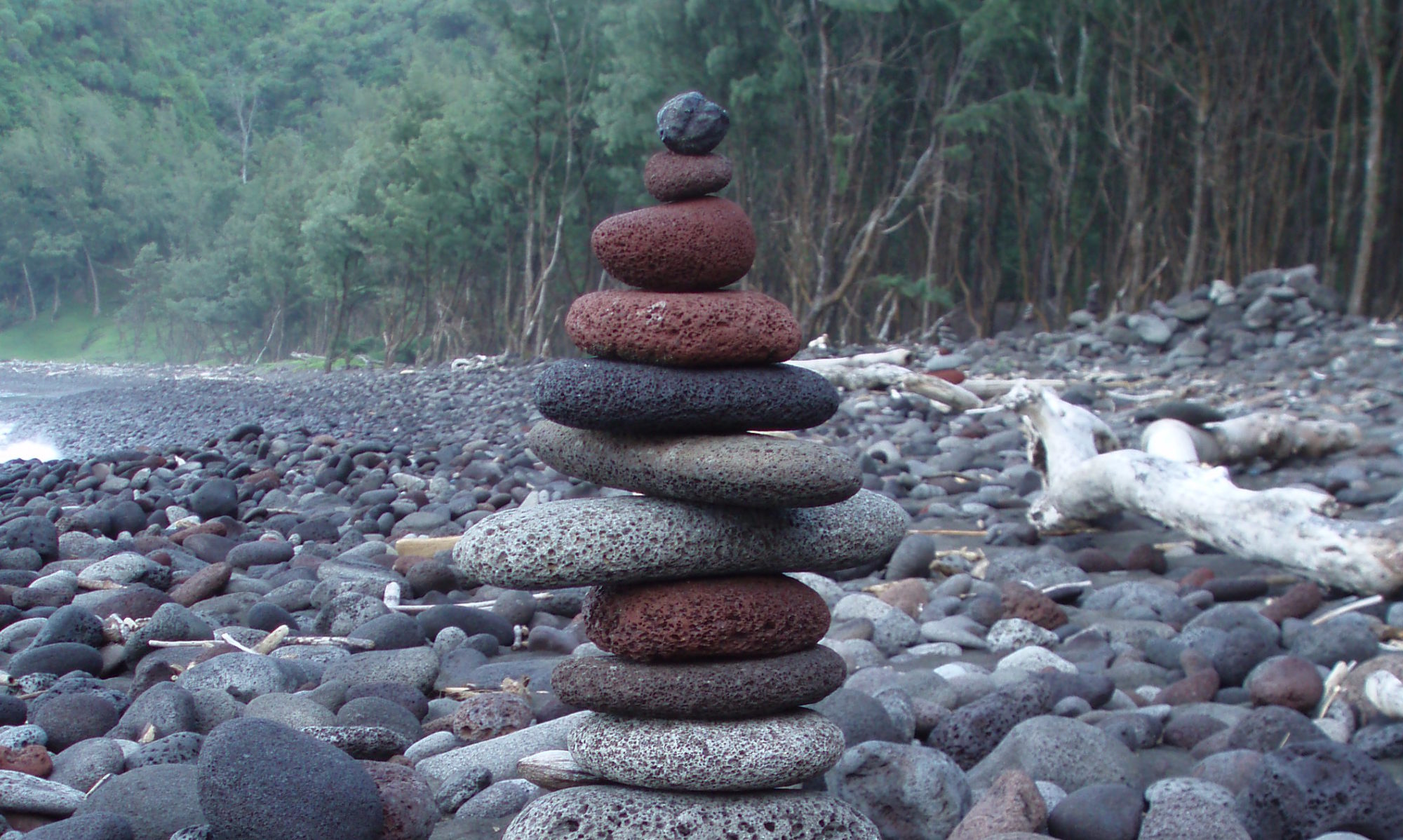I have not classified myself as a beginner hiker in such a long time, I almost forget how difficult it can be to start. I was reminded of this fact by a guest on a recent trip.
One of my clients was not only new to backpacking but hiking in general. It wasn’t the fact that she didn’t know how to adjust her backpack because many hikers who are just starting to backpack do not have solid knowledge of their backpack. It wasn’t the fact that she didn’t know how to use her trekking poles. Many experienced backpackers have trouble with poles when they first start using them. What turned me on to how much of a novice she was simply came down to the fact that she didn’t know how to walk in the woods.
Not knowing how to walk in the woods? That’s funny, right? How can someone not know how to walk in the woods? Isn’t it similar to walking on pavement? Actually, sometimes no. Its not. In essence the concept is the same. You merely put one foot in front of the other. However, there are tree roots and rocks and slippery leaves. For a novice, each one of these can appear (and potentially feel) like an obstacle.
In this particular instance where we were hiking the trail was relatively flat and extremely well maintained. In most spots there was no technicality involved which means it was groomed level with little to no rocks and roots in the path. However, my client would stop every couple of feet to look down or at the next few feet she had to walk ensuring she would not fall. Additionally, she would stop to drink water through the reservoir hose in her backpack instead of drinking and walking at the same time. She would stop to readjust her pack pretty regularly, because of its weight it would slide a bit below her hips. She would stop to readjust her hat, or put on bug spray, or simply catch her breath even though the trail was flat. However, the moment when her lack of experience really became apparent was when she asked me what we do when it rains. “do we just stay in our tents?”
This level of novice would annoy and frustrate many people, even some other guides I know. Surprisingly it doesn’t bother me all that much. I laugh at the questions because they are so innocent. I admire the courage of someone trying something for the first time. And I receive great joy in seeing someone relish in their achievement of doing something she didn’t think she could do.
I often forget what it is like to be a new hiker. Though I have come to relive my experiences through the eyes of those ‘newbies’ I meet and work with. They bring my back to the years I didn’t know how to adjust my own pack or pitch a tent or light a stove. They remind me to be patient and that learning is a life long process.
